My favourite painting: Tristram Hunt
'Brown’s multi-layered painting celebrates not only the virtue of labour, but also the power of intellect'
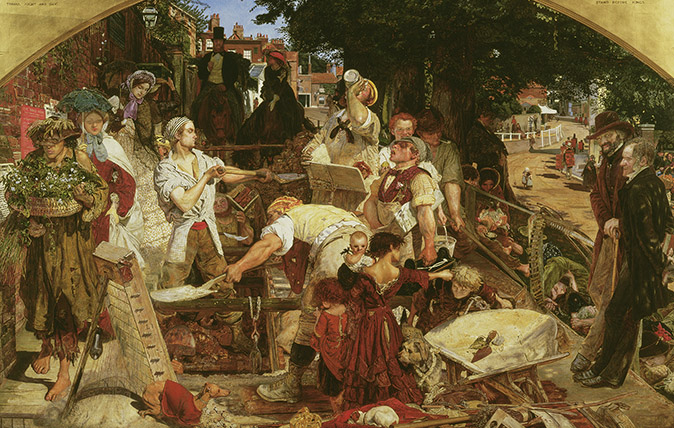

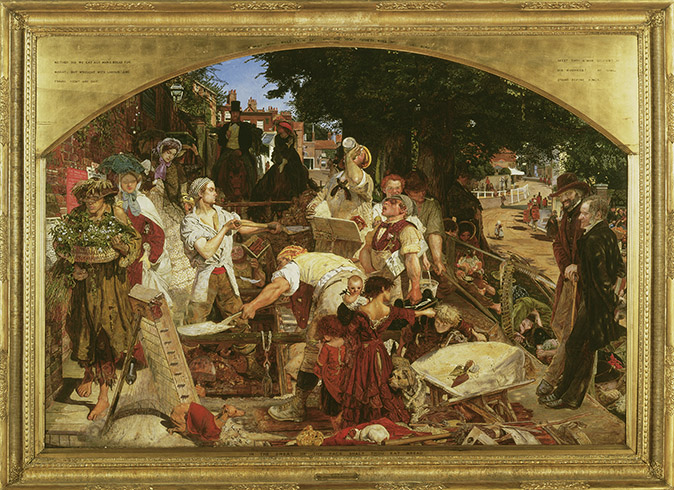
Work, 1852–65, by Ford Madox Brown (1821–93), 64½in by 88in, Manchester Art Gallery
Tristram Hunt says:
“I must work the work of Him that sent me for the night cometh, wherein no man can work,” reads the Biblical inscription on Ford Madox Brown’s confident masterpiece, but Brown’s multi-layered painting celebrates not only the virtue of labour, but also the power of intellect. It’s no accident that Thomas Carlyle – a Titan at the heart of Victorian intellectual life – is standing next to the sweating navvies. In this highly complex narrative cycle, Brown depicts industriousness in all its facets, but in a manner laden with subversion. Also, I like the fact that this all happens in Hampstead.
Tristram Hunt is the director of the Victoria & Albert Museum
John McEwen comments on Work:
That exuberant scholar Timothy Hilton, biographer of John Ruskin, has described Work in his book The Pre-Raphaelites as ‘the most fully socially conscious of all English 19th-century paintings’.
Like Ruskin, Ford Madox Brown was slightly older than the painters of the Pre-Raphaelite Brotherhood – of which he is often, mistakenly, thought to have been a member – and knew Europe first-hand. He was born in Calais, where his parents moved in the interests of economy after his father’s naval retirement. Later, the family lived in Bruges to enable the artistically gifted Brown to study at the academy. His training was completed in Ghent and Antwerp.
Three years in Paris, largely spent copying in the Louvre, were followed by spells in Basel and Rome, in vain to save the life of his young bride, a cousin. After her death, he settled in England.
The Brotherhood had no common purpose, but Brown did know them – Rossetti was briefly his self-appointed pupil – and he shared some of their aspirations. These were encouraged, articulated and championed by Ruskin: truth to Nature, day-lit effects, moral emphasis. Art and work should be indivisible, with all work, artistic or otherwise, of equal moral merit; artistic value could even be measured by the labour involved in achieving factual truth.
Exquisite houses, the beauty of Nature, and how to get the most from your life, straight to your inbox.
Work proclaims this. It was specifically inspired by Thomas Carlyle’s Past and Present, the author shown in the painting with hat and cane. As Brown said, London navvies installing sewage pipes were every bit as worth a picture as ‘the peasant of the Campagna, or the Neapolitan lazzarone’.
Notice, too, the rich mounted couple and, easily missed, the homeless sleeping in the shade. Heath Street, Hampstead, is still recognisable today – as are the inequalities Brown exposed.
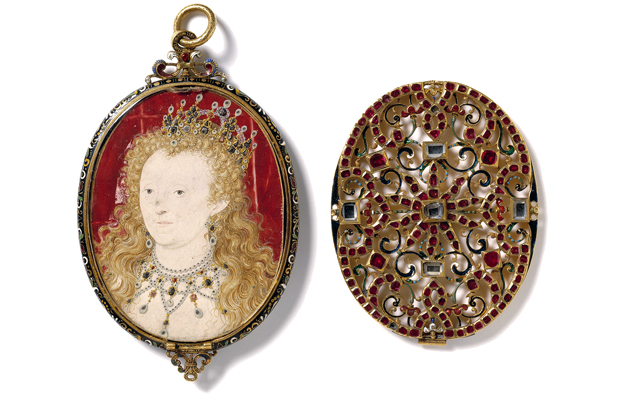
My favourite painting: Matthew Girling
Matthew Girling chooses his favourite painting for Country Life.

My favourite painting: Emma Bridgewater
'For me, it’s like a prayer. Or a meditation,' says Emma Bridgewater of her favourite painting.
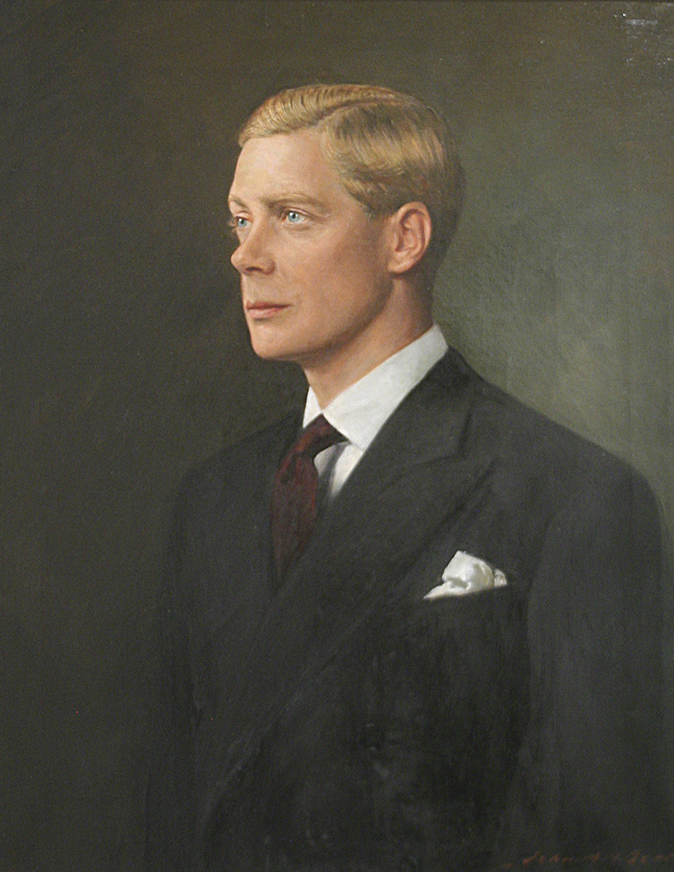
My favourite painting: Tim Gosling
'I instantly fell in love with this portrait.'
Country Life is unlike any other magazine: the only glossy weekly on the newsstand and the only magazine that has been guest-edited by His Majesty The King not once, but twice. It is a celebration of modern rural life and all its diverse joys and pleasures — that was first published in Queen Victoria's Diamond Jubilee year. Our eclectic mixture of witty and informative content — from the most up-to-date property news and commentary and a coveted glimpse inside some of the UK's best houses and gardens, to gardening, the arts and interior design, written by experts in their field — still cannot be found in print or online, anywhere else.
-
 A Georgian farmhouse that's an 'absolute gem' in an ancient village on Salisbury Plain
A Georgian farmhouse that's an 'absolute gem' in an ancient village on Salisbury PlainJulie Harding takes a look at the beautiful West Farm in a gorgeous Wiltshire village.
-
 Can you guess the landmark from its gingerbread copy cat? Take our quiz
Can you guess the landmark from its gingerbread copy cat? Take our quizToday's quiz takes a detailed look at the gingerbread works on display at London's The Gingerbread City — and asks if you can guess which iconic landmark they are.
-
 'As a child I wanted to snuggle up with the dogs and be part of it': Alexia Robinson chooses her favourite painting
'As a child I wanted to snuggle up with the dogs and be part of it': Alexia Robinson chooses her favourite paintingAlexia Robinson, founder of Love British Food, chooses an Edwin Landseer classic.
-
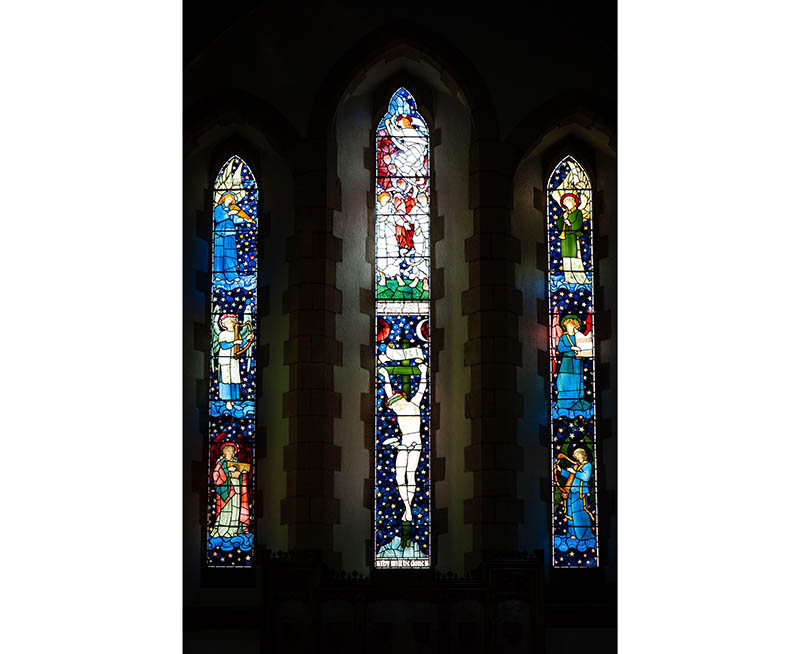 The Pre-Raphaelite painter who swapped 'willowy, nubile women' for stained glass — and created some of the best examples in Britain
The Pre-Raphaelite painter who swapped 'willowy, nubile women' for stained glass — and created some of the best examples in BritainThe painter Edward Burne-Jones turned from paint to glass for much of his career. James Hughes, director of the Victorian Society, chooses a glass masterpiece by Burne-Jones as his favourite 'painting'.
-
 'I can’t look away. I’m captivated': The painter who takes years over each portrait, with the only guarantee being that it won't look like the subject
'I can’t look away. I’m captivated': The painter who takes years over each portrait, with the only guarantee being that it won't look like the subjectFor Country Life's My Favourite Painting slot, the writer Emily Howes chooses a work by a daring and challenging artist: Frank Auerbach.
-
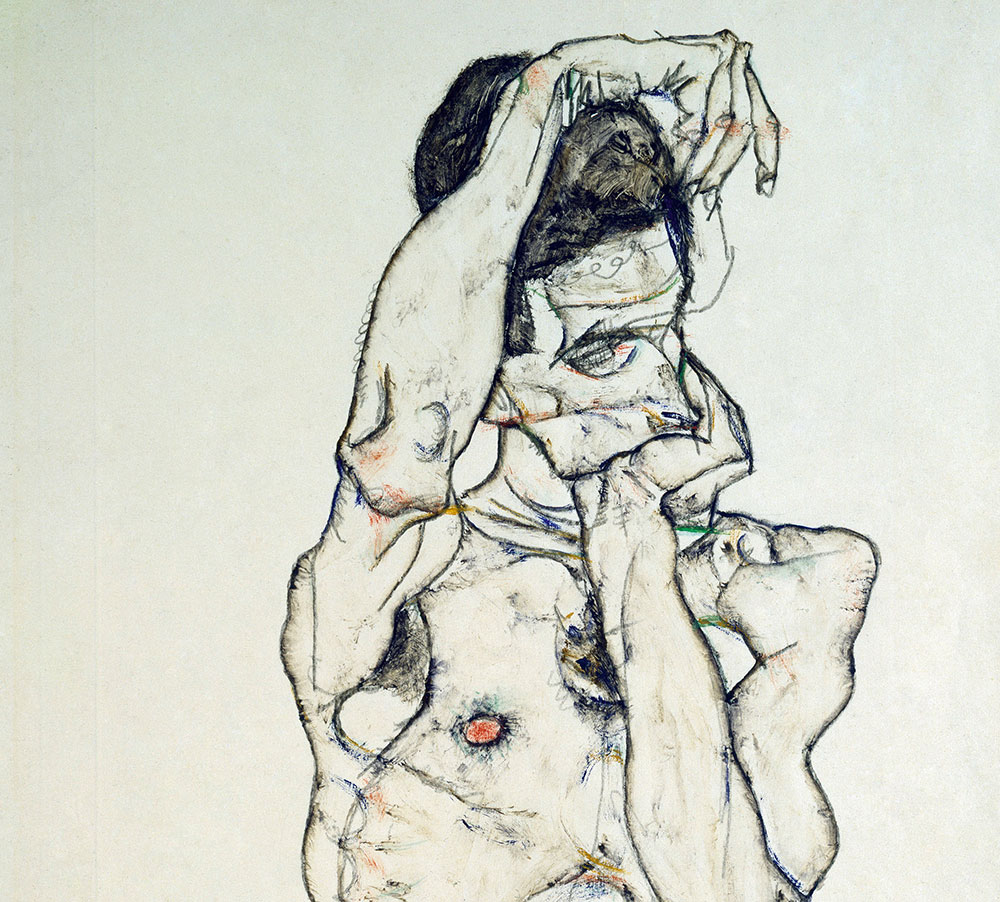 My Favourite Painting: Rob Houchen
My Favourite Painting: Rob HouchenThe actor Rob Houchen chooses a bold and challenging Egon Schiele work.
-
 My Favourite Painting: Jeremy Clarkson
My Favourite Painting: Jeremy Clarkson'That's why this is my favourite painting. Because it invites you to imagine'
-
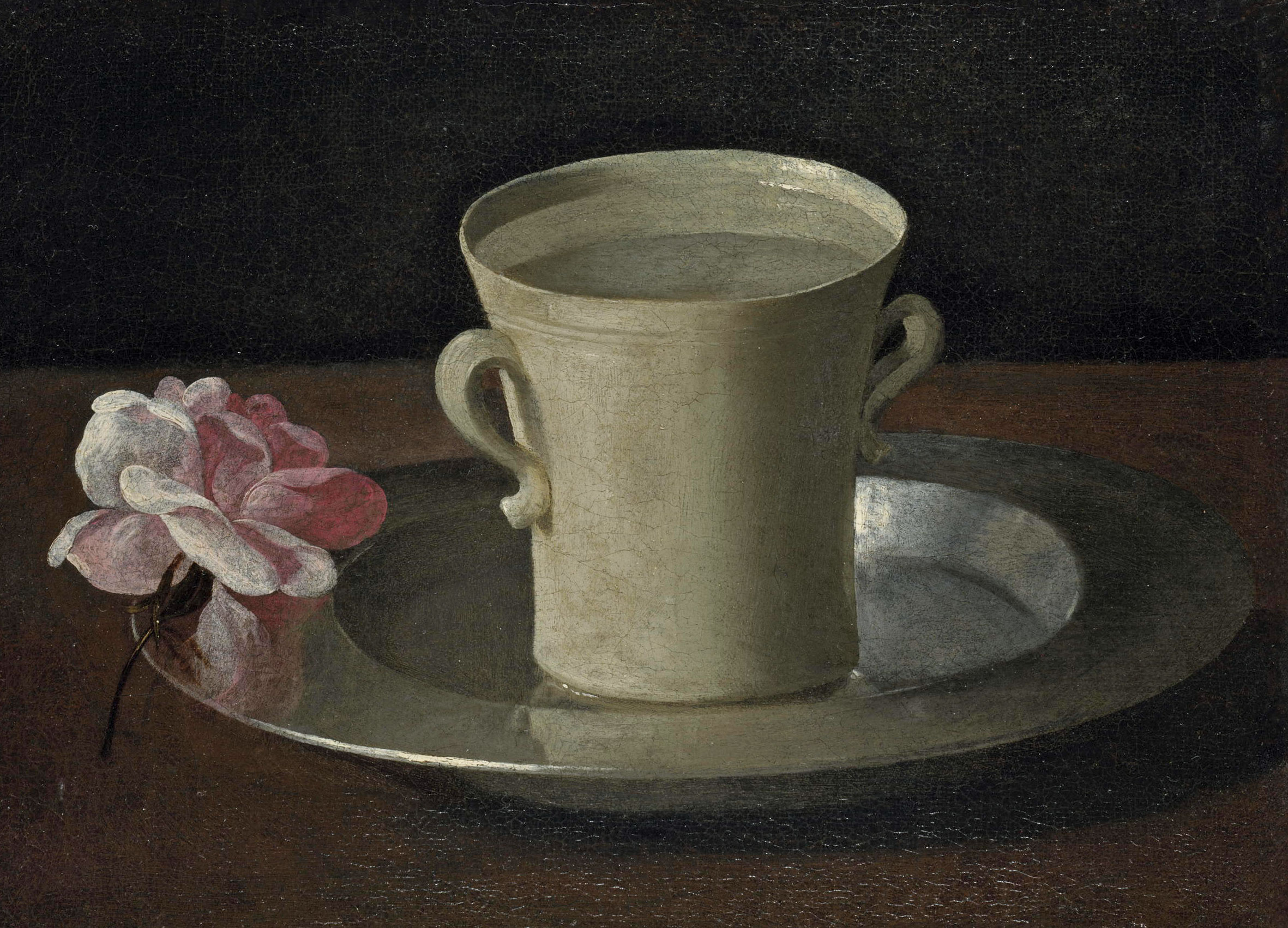 The chair of the National Gallery names his favourite from among the 2,300 masterpieces — and it will come as a bit of a shock
The chair of the National Gallery names his favourite from among the 2,300 masterpieces — and it will come as a bit of a shockAs the National Gallery turns 200, the chair of its board of trustees, John Booth, chooses his favourite painting.
-
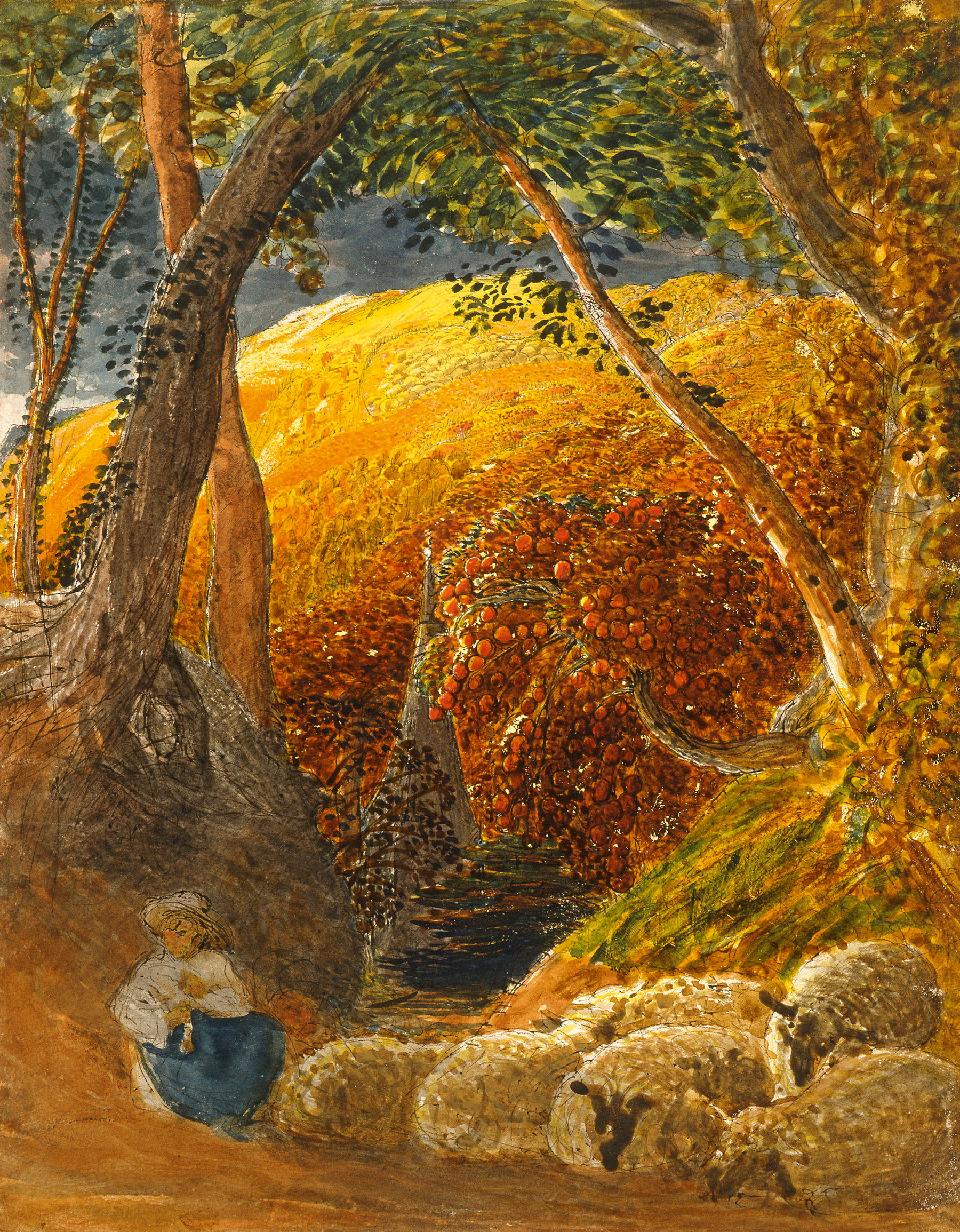 'A wonderful reminder of what the countryside could and should be': The 200-year-old watercolour of a world fast disappearing
'A wonderful reminder of what the countryside could and should be': The 200-year-old watercolour of a world fast disappearingChristopher Price of the Rare Breed Survival Trust on the bucolic beauty of The Magic Apple Tree by Samuel Palmer, which he nominates as his favourite painting.
-
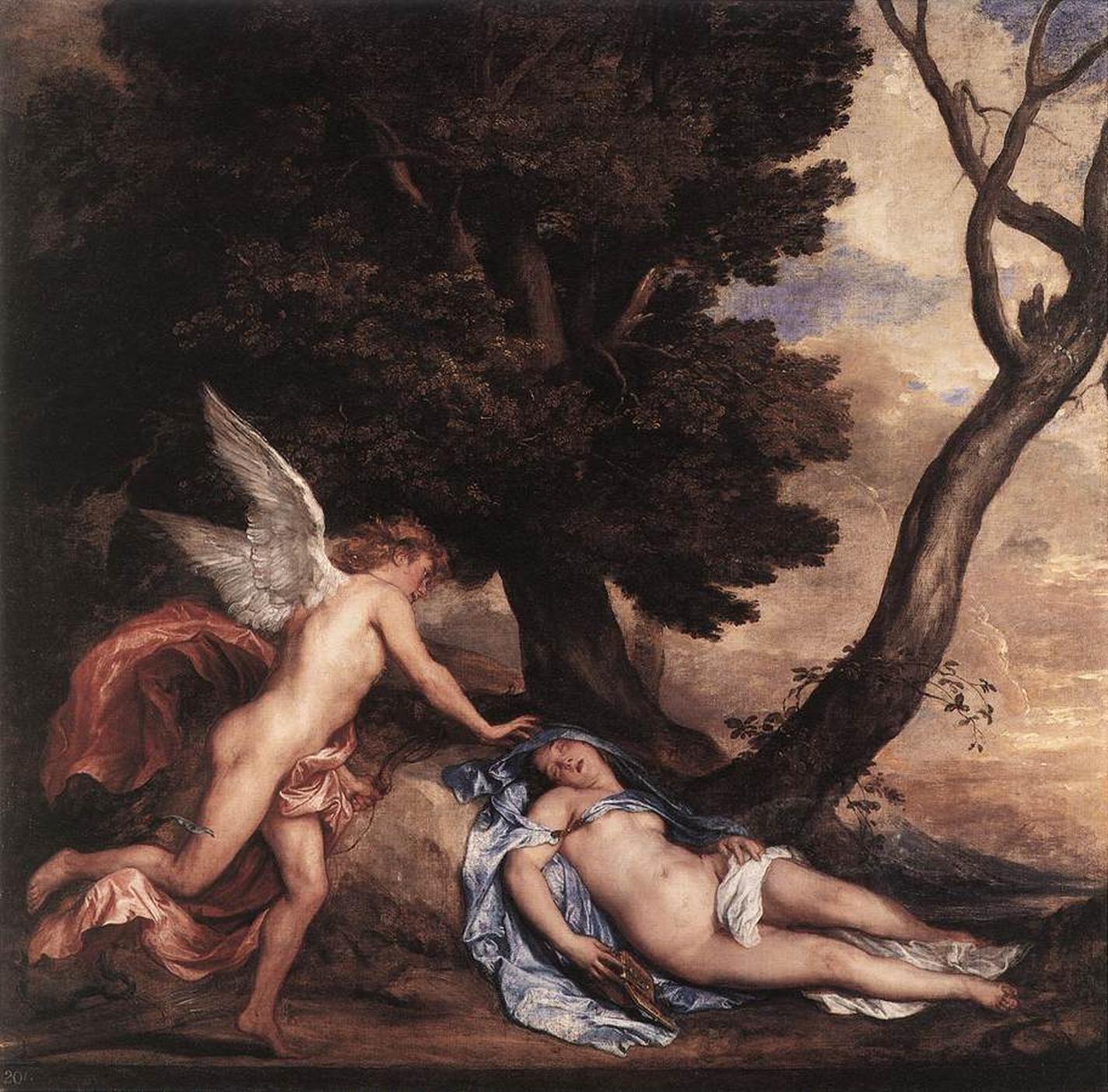 My favourite painting: Andrew Graham-Dixon
My favourite painting: Andrew Graham-Dixon'Lesson Number One: it’s the pictures that baffle and tantalise you that stay in the mind forever .'
